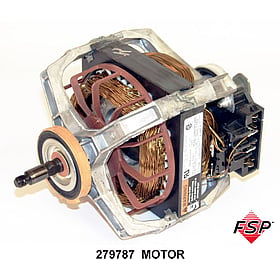4-wire for the dryer makes perfect sense if it was installed before the 1953 Code was adopted locally.
It might also have been because it used smaller wire?
Tapatalk...
I guess I missed the point of being installed before 1953.
Also, I can't speculate about the smaller wire size.
3w or 2w w/ a shared neutral has been a comonly approved method of wiring in our area up until the mid '80s or so as I can recall.
I personly don't think it's a good idea as it provides a good opportunity to turn neutral current on to the applence enclosure should the neutral connection back to the SE be inadvertantly opened or fail. If this should happed it can prove to be a shock hazard if someone touches the appliance and a ground.



